Intense competition in the color TV market environment has emerged more and more concepts and technologies, such as 4K HDR, quantum dot technology, etc. Although various TV manufacturers are pushing these technologies and concept products, they have feedback and comparison from the market. From a point of view, the difference in the actual performance of various products is astounding.
Why is there such a big gap? Perhaps the profit at low cost is the core of the problem. Not long ago, Sony released a new television, 65 å‹ Z9D priced at 32,999 yuan, 75 å‹ Z9D priced at 4,399 yuan, became a hot topic of discussion. Many consumers think that its price is somewhat expensive, but I believe that these consumers must not have analyzed the value of Sony TV. For the cable powder, the Z9D series labeled “Z†is definitely the positioning of the flagship product. If everyone has an in-depth understanding of the various product lines of the Sony Z series in previous years, they will definitely understand the value of the product.
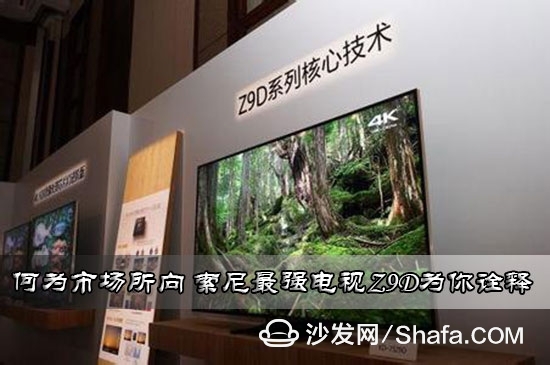
Sony Z9D series TV in the end how good? 4K HDR, dynamic backlight system - Master Edition, the new 4K image processing chip X1 advanced version, Terri charm display technology (TRILUMINOS), 4K sharp image processing engine PRO, direct type backlight Structures, etc., What kind of industry landmark products can the industry's cutting-edge technology create in the end? Will consumers pay for such “magic-grade†products after mass production? With doubts and incomprehension, we have enabled Sony. Z9D series exploration trip.
Coming to Sony's headquarters in Japan, the eye-catching is Sony's flagship heavy product this year. As a flagship product, the Z9D series won the attention of numerous media at its previous press conference. Its powerful technical strength and shock The screen effect makes every guest who is on the court feel deeply touched.
With the title of the strongest masterpiece in the history of Sony, Sony Z9D series TVs reflect the determination of Sony engineers to build the strongest products from product design, technical support and sound effects. This is precisely what Sony is seeking.
At the CES Consumer Electronics Show at the beginning of the year and the just-concluded IFA Consumer Electronics Show, HDR became another focus of attention in the TV field after 4K. Domestic and foreign television companies are pushing HDR technology. There is no doubt that HDR has become a popular keyword and development trend in the TV industry. So what is HDR in the end? The first lesson of the Sony Z9D Quest Tour is to deepen the unknown HDR technology.
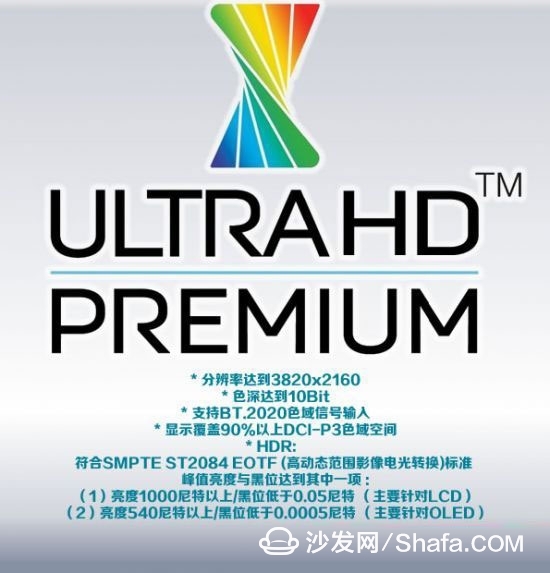
HDR is a high dynamic range, which can display more details of highlights and shadows while bringing richer colors and more in-depth and natural details to the picture, thus making the television picture closer to the human eye. Compared to the previous SDR (Standard Dynamic Range), the HDR display is closer to the human eye's visual experience, and can simultaneously take into account clear dark details and highlight details so that the shaded part of the picture is not dark, or the bright part is bright.
Due to the difference in concepts and standards, consumers are often apt to confuse HDR. In fact, in TV HDR, the most critical transfer function is the electro-optical transfer function (EOTF, such as the imaging process after the camera takes pictures on the display screen) and the photoelectric conversion function (OETF, for example, the process of photographing with a camera), two key conversions. Functions exist in different locations, so their effects are also different. As far as the current technology is concerned, there are mainly two new electro-optical conversion schemes to replace the gamma curve used in the CRT era. One is the perceptual quantizer (PQ) proposed by Dolby Laboratories' Dobly Vision HDR program, and the second is the log gamma distribution (HLG) jointly developed by BBC and NHK.
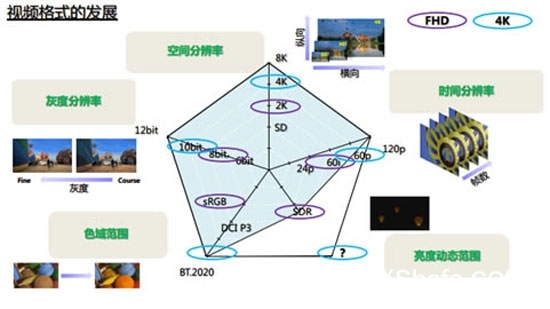
The Dolby PQ is compatible with human visual physiology and visual psychology, and the HLG solution separately decodes the highlight and low-light components contained in the HDR signal in two different ways, and is compatible with the SDR ultra-high definition television while supporting HDR. However, different HDR technologies require corresponding display devices to perform decoding adjustments. A TV that can display Dobly Vision HDR content may not show the HDR content produced by the BBC. In addition, Dolby PQ and HLG are not unified due to standards, so it is impossible to accurately compare the two HDR TVs. This has caused some obstacles to the large-scale promotion of HDR technology. Therefore, the standardization has become a problem that needs to be solved in the development of HDR under the condition that the technical conditions are already available.
Strictly speaking, HDR is not a hardware technology. We should think of it as a video format. To really feel the perfect performance of HDR, we need to improve everything from content to hardware, that is, from content. The shooting, production, editing, transmission, and display of Sony Ericsson are undoubtedly the best in the entire process. Sony has a powerful content shooting team and technical support.
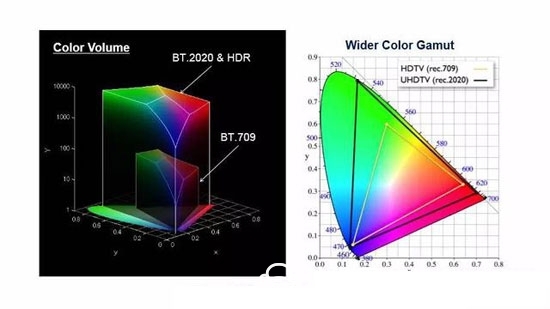
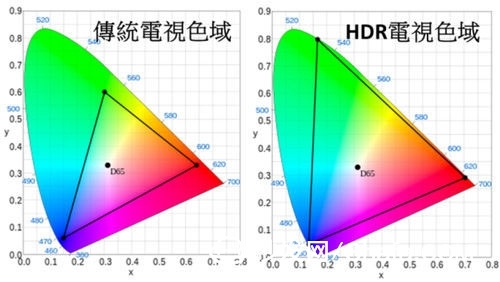
Sony 4K HDR TVs, through the addition of high dynamic range, can provide consumers with a wider color gamut, better contrast and more real-world sharpness. In addition, combined with the original 4K sharp image processing engine, elite light control Pro, Terri charm color display technology and dynamic backlight system - Master Edition, for everyone to bring incredible realism and vivid life.
As a color TV company with elaborate display technology, the core technology of the Sony Z9D is far more mysterious than the previously introduced 4K HDR. The dynamic backlight system-Master version and the 4K image processing chip X1 advanced version are no different from the technical characteristics of previous generations of product releases, but after careful comparison, they found that the difference between the characters presented in the image display effect. It can be described qualitatively.
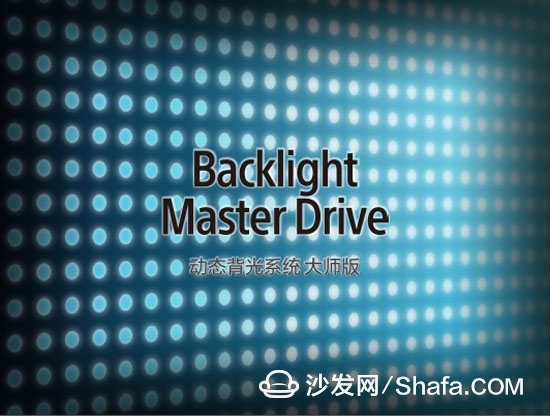
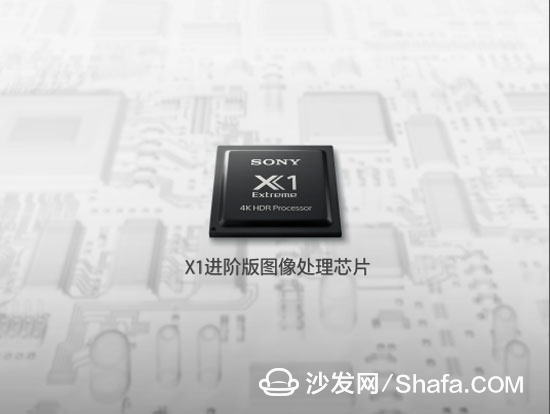





From this point of view, the advanced version of the 4K image processing chip X1 of the Sony Z9D series TV is not merely a performance enhancement, and the overall performance improvement has brought about a qualitative change in televisions, completing the painting of OLED TVs and quantum dot TVs at the same time. Quality performance, so that Sony Z9D series TV expensive expensive reason.
In recent years, the decline of Japanese and Korean companies has caused many consumers to think that domestic appliance companies have the opportunity to chase and surpass. However, this trip to Japan made the author deeply aware of the need to achieve catch-up in terms of strength. Without a rigorous attitude and strong professional skills, it is absolutely impossible. "Ginger is still old and spicy." As a "big brother" enterprise in the field of household appliances, the deep cultivation of technology and rigorous attitude is the foundation of Sony. It is also worth learning by all competitors.
In this relatively exaggerated environment, it is not easy for Sony to sink down and make products. It is not easy for Sony. It has less of a copper odor and more sincerity. This is also true for every cable powder. It is a great blessing.
Maybe you are still talking about the high selling price of products that are "out of the market", but the fact is that good products are not suitable for all consumers. Sony Z9D series TVs are positioned in flagship high-quality products. If you have a limited budget, do not use critical ones. Look to evaluate it.
Smart TV/box information can focus on smart TV information network sofa butler (http://), China's influential TV box and smart TV website, providing information, communication, TV boxes, smart TVs, smart TV software, etc. Answering questions.
Why is there such a big gap? Perhaps the profit at low cost is the core of the problem. Not long ago, Sony released a new television, 65 å‹ Z9D priced at 32,999 yuan, 75 å‹ Z9D priced at 4,399 yuan, became a hot topic of discussion. Many consumers think that its price is somewhat expensive, but I believe that these consumers must not have analyzed the value of Sony TV. For the cable powder, the Z9D series labeled “Z†is definitely the positioning of the flagship product. If everyone has an in-depth understanding of the various product lines of the Sony Z series in previous years, they will definitely understand the value of the product.

Coming to Sony's headquarters in Japan, the eye-catching is Sony's flagship heavy product this year. As a flagship product, the Z9D series won the attention of numerous media at its previous press conference. Its powerful technical strength and shock The screen effect makes every guest who is on the court feel deeply touched.
With the title of the strongest masterpiece in the history of Sony, Sony Z9D series TVs reflect the determination of Sony engineers to build the strongest products from product design, technical support and sound effects. This is precisely what Sony is seeking.
At the CES Consumer Electronics Show at the beginning of the year and the just-concluded IFA Consumer Electronics Show, HDR became another focus of attention in the TV field after 4K. Domestic and foreign television companies are pushing HDR technology. There is no doubt that HDR has become a popular keyword and development trend in the TV industry. So what is HDR in the end? The first lesson of the Sony Z9D Quest Tour is to deepen the unknown HDR technology.

Due to the difference in concepts and standards, consumers are often apt to confuse HDR. In fact, in TV HDR, the most critical transfer function is the electro-optical transfer function (EOTF, such as the imaging process after the camera takes pictures on the display screen) and the photoelectric conversion function (OETF, for example, the process of photographing with a camera), two key conversions. Functions exist in different locations, so their effects are also different. As far as the current technology is concerned, there are mainly two new electro-optical conversion schemes to replace the gamma curve used in the CRT era. One is the perceptual quantizer (PQ) proposed by Dolby Laboratories' Dobly Vision HDR program, and the second is the log gamma distribution (HLG) jointly developed by BBC and NHK.

Strictly speaking, HDR is not a hardware technology. We should think of it as a video format. To really feel the perfect performance of HDR, we need to improve everything from content to hardware, that is, from content. The shooting, production, editing, transmission, and display of Sony Ericsson are undoubtedly the best in the entire process. Sony has a powerful content shooting team and technical support.

Color gamut, brightness information data
For display devices, the color space represents the product's performance in color, and the higher the professional display device, the better the color space performance. The color space of the traditional LCD TV is generally two-dimensional, and its color performance has a total of four shortcomings. The first is that in low-light conditions, color distortion often occurs. The second is that in low light conditions, white balance appears cheap. The third is that in the high-brightness state, its brightness performance is not high enough. The fourth is that it is impossible to control the contrast of each pixel one by one. When we introduce the HDR brightness dynamic range, the chroma space forms a three-dimensional space, which improves the brightness and contrast of the picture. Combined with the dynamic backlight system - Master Edition, you can make the screen powerful enough to have the strength of the OLED professional display. 
The difference in the color gamut between traditional TV and HDR TV
In terms of the current market, most mainstream OLEDs adopt WRGB OLED technology. Their technical features are the addition of white organic substances on the basis of the vertical arrangement of red, green, and blue organic substances, and then the color is presented on the TFT substrate. Although the cost can be reduced and mass production can be achieved, there are also three problems in that the brightness is low, the white balance in dark places is shifted, and the color is distorted at high brightness. Sony 4K HDR TVs, through the addition of high dynamic range, can provide consumers with a wider color gamut, better contrast and more real-world sharpness. In addition, combined with the original 4K sharp image processing engine, elite light control Pro, Terri charm color display technology and dynamic backlight system - Master Edition, for everyone to bring incredible realism and vivid life.
As a color TV company with elaborate display technology, the core technology of the Sony Z9D is far more mysterious than the previously introduced 4K HDR. The dynamic backlight system-Master version and the 4K image processing chip X1 advanced version are no different from the technical characteristics of previous generations of product releases, but after careful comparison, they found that the difference between the characters presented in the image display effect. It can be described qualitatively.

Dynamic Backlight System - Master Edition

4K Image Processing Chip X1 Advanced Edition
First of all, the dynamic backlight system - Master Edition, as we all know, LCD TV according to the arrangement of its backlight is divided into two types of direct type and side into the type. The traditional dynamic backlight control is to divide the backlight module into several areas, and then control each area. However, it is not enough to control the local details of the screen accurately, resulting in a lack of layered image quality and color distortion. 
Dynamic Backlight System - Master Edition Technology Analysis

Bundled LED structure
However, Sony Z9D series TVs use dynamic backlight system - Master Edition, combined with its own direct backlight arrangement, can achieve independent control of each backlight, so the benefit is that the brightness and darkness of the screen is more accurate and in place. In addition, according to related technical personnel, in order to effectively solve the problem of light leakage from the LCD panel, the Sony Z9D series televisions have added a “condensing hood†to each backlight source, which can gather the outward-diffusing rays together to form a light beam. Because of this, LCD TVs have the ability to challenge OLED TVs. 
Independent LED light control
Next, we talked about the advanced version of the 4K image processing chip X1. As the “brain†of the TV, this chip handles millions of screen information and optimizes the color, sharpness, and HDR. Shows real images to consumers. Compared with the previous generation chip, the advanced X1 chip can optimize every pixel in the picture, especially where light and dark are alternately complicated. After optimization of the advanced version of the X1 chip, the details are clearer. 
Performance analysis
In addition to image optimization, powerful repair technology is also a bright spot in the advanced version of the 4K image processing chip X1. With its own advantages, Sony Z9D series TVs can identify and repair original source, such as noise reduction and color. Corrections, etc., ultimately improve the display's contrast, color saturation, etc., and restore the image while presenting the most realistic details of the screen to consumers. 
Advanced 4K HDR 14-bit Smooth Gradient Exclusive to Advanced X1 Chips
Finally, let's take a look at the 4K HDR 14-bit smooth gradient unique to the advanced version of the 4K image processing chip X1. I believe that all consumers have seen color faults on the screen. The reason for this phenomenon is that the image processing chip cannot bear the image processing chip. Screen full color management capabilities, so that the emergence of faults. After 4K HDR 14-bit smooth gradient processing, the color transition of the panel is more natural and smooth. From this point of view, the advanced version of the 4K image processing chip X1 of the Sony Z9D series TV is not merely a performance enhancement, and the overall performance improvement has brought about a qualitative change in televisions, completing the painting of OLED TVs and quantum dot TVs at the same time. Quality performance, so that Sony Z9D series TV expensive expensive reason.
In recent years, the decline of Japanese and Korean companies has caused many consumers to think that domestic appliance companies have the opportunity to chase and surpass. However, this trip to Japan made the author deeply aware of the need to achieve catch-up in terms of strength. Without a rigorous attitude and strong professional skills, it is absolutely impossible. "Ginger is still old and spicy." As a "big brother" enterprise in the field of household appliances, the deep cultivation of technology and rigorous attitude is the foundation of Sony. It is also worth learning by all competitors.
In this relatively exaggerated environment, it is not easy for Sony to sink down and make products. It is not easy for Sony. It has less of a copper odor and more sincerity. This is also true for every cable powder. It is a great blessing.
Maybe you are still talking about the high selling price of products that are "out of the market", but the fact is that good products are not suitable for all consumers. Sony Z9D series TVs are positioned in flagship high-quality products. If you have a limited budget, do not use critical ones. Look to evaluate it.
Smart TV/box information can focus on smart TV information network sofa butler (http://), China's influential TV box and smart TV website, providing information, communication, TV boxes, smart TVs, smart TV software, etc. Answering questions.
